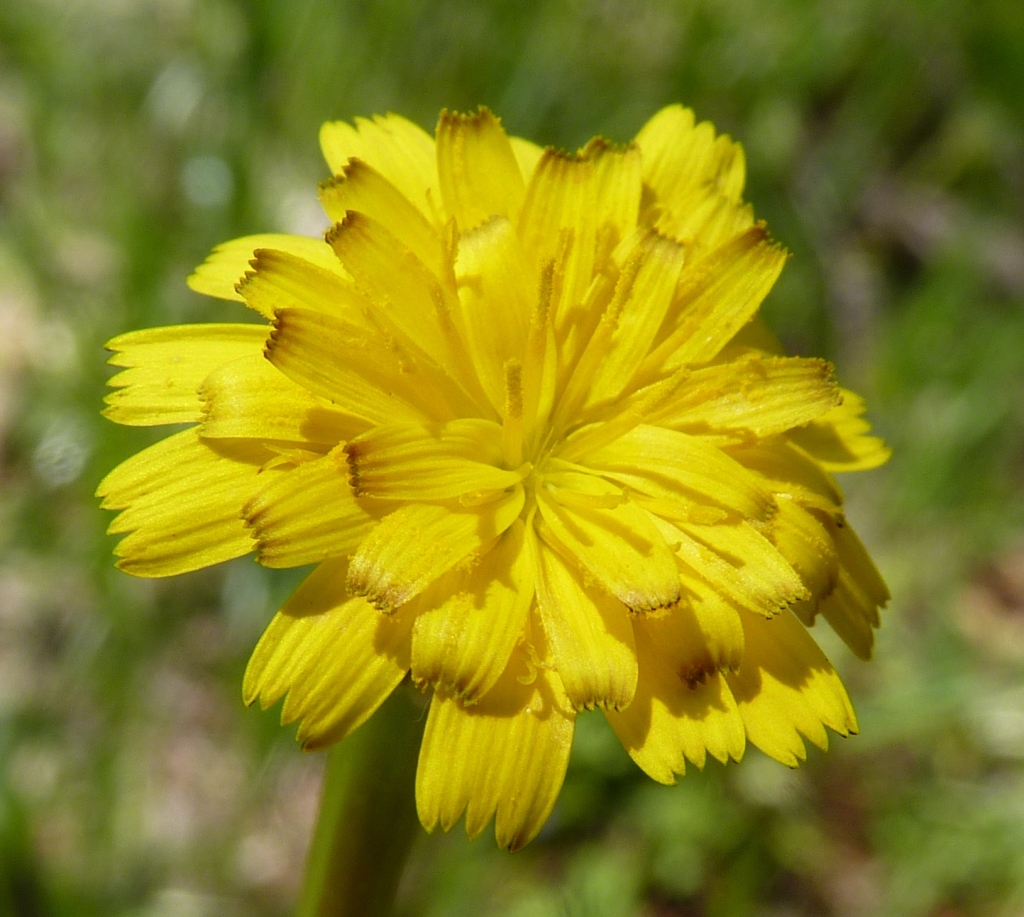Picris barbarorum
Lindl.Annual, 5–60 cm high, with sparse simple and mainly 2-fid hooked hairs; stems much-branched at base or above. Basal leaves petiolate, narrow-obovate to oblanceolate, 4–30 cm long, 0.4–2.5 cm wide, obtuse to acute, base attenuate, margins entire to dentate; cauline leaves sessile, numerous, resembling lower ones but bases truncate to cordate, reducing toward inforescence and bract-like on peduncles. Peduncles with 0–2 bracts close below capitulum. Involucre 5–8 mm diam.; involucral bracts 2–15 mm long; outer bracts often tomentose along midrib or apical margins, with a complete or incomplete line of simple or 2-fid hooked hairs 3–7 mm long along midrib. Ligules 8–12.5 mm long. Cypselas mostly 4–7.5 mm long, beak usually shorter than body; pappus 5.5–7 mm long Flowers mostly Jul.–Nov.
Also Qld, NSW. A plant of river banks and floodplains on heavier alluvial soils. Known in Victoria by 3 old collections: 'Dimboola' (1889), 'Wimmera' (1885), and a specimen 'taken from a Native's food bag' near Kerang (1836). The lack of any recent collections would suggest that the species is either extremely rare or extinct in this State.
Jeanes, J.A. (1999). Asteraceae. In: Walsh, N.G.; Entwisle, T.J., Flora of Victoria Vol. 4, Cornaceae to Asteraceae, pp. 652–666. Inkata Press, Melbourne.
 Spinning
Spinning

